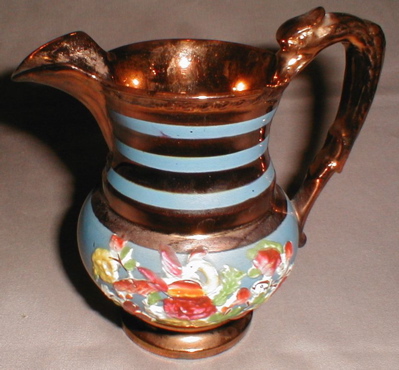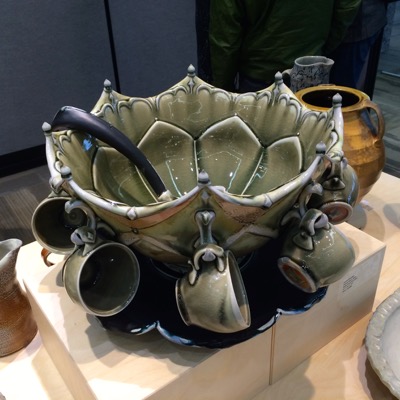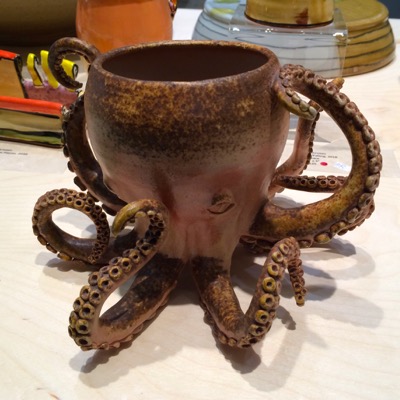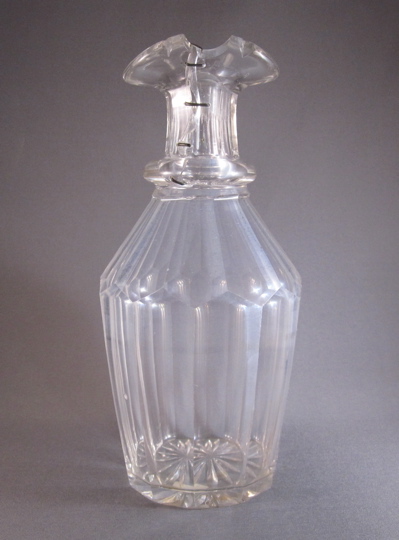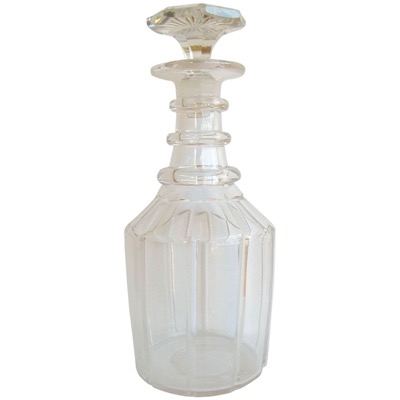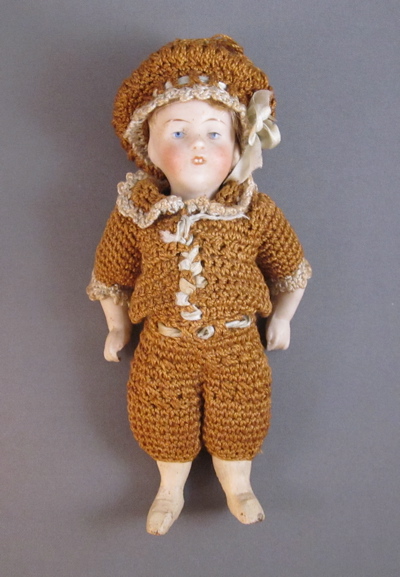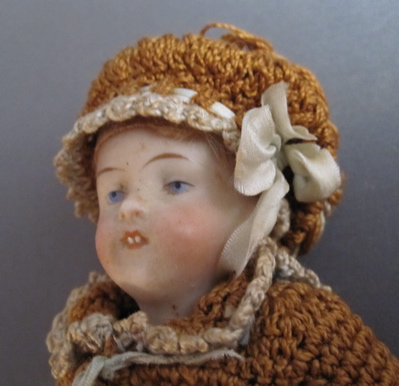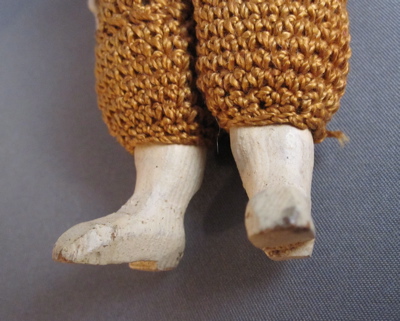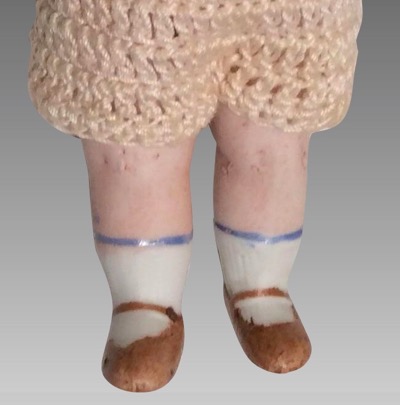This copper lustre blue-banded pottery jug, decorated with polychrome relief birds and flowers, stands 6.25 inches high and 8 inches from handle to spout. It was made in England in the mid 1800s.
After the handle broke off, sometime in the 19th century, it was taken to a tinker who fashioned an overscaled metal replacement handle with crimped edges, and ample finger and thumb rests. The remains of the lower handle terminal were left on the jug so the tinker just went around it when he did his repair.
Copper lustre decorated wares originated in the 9th century and were first made by Islamic potters. Inspired by these early pieces, English pottery houses, including Spode and Wedgwood, developed their own techniques, starting at the beginning of the 19th century and continuing to around 1860. Although highly collectible for decades, lustreware has recently fallen out of favor and can now be purchased for a fraction of what it once sold for.
This jug, identical in form and decoration, shows what the original handle on mine looked like before it broke off.
Photo courtesy of Ruby Lane.






